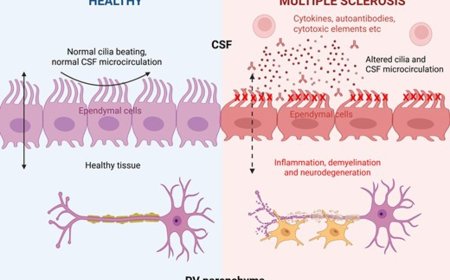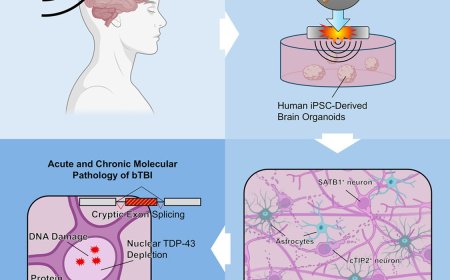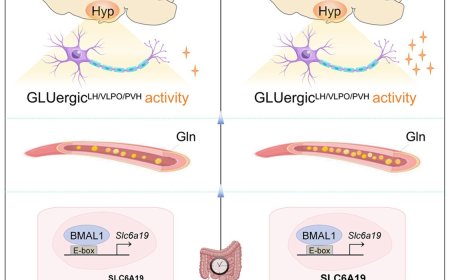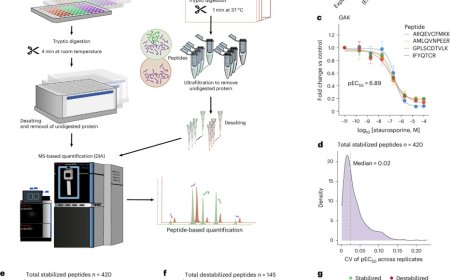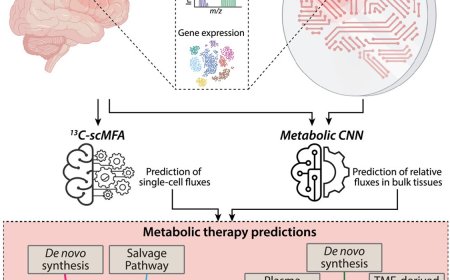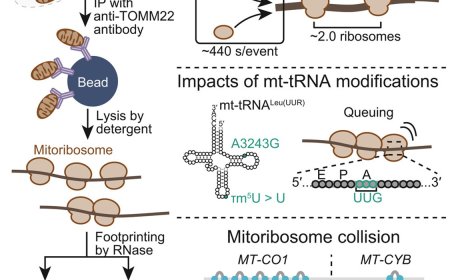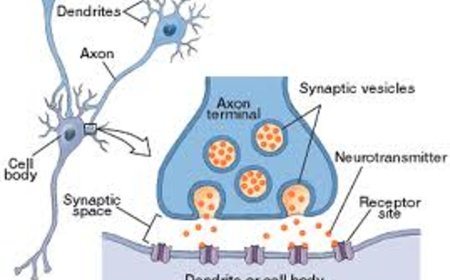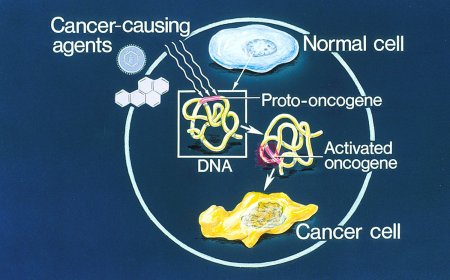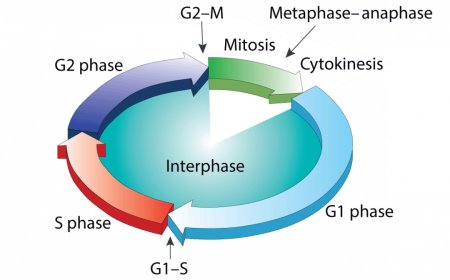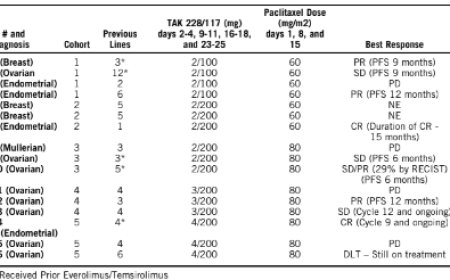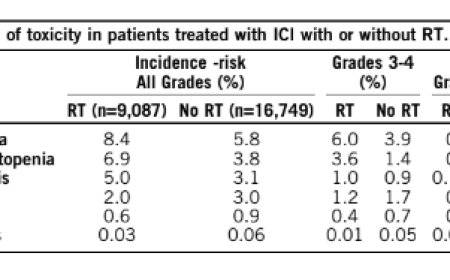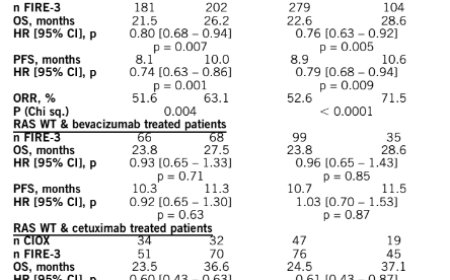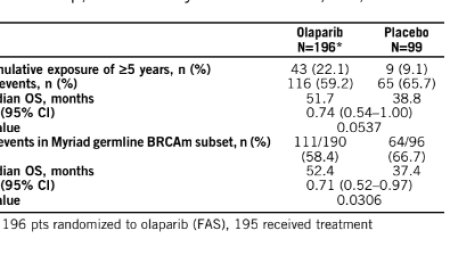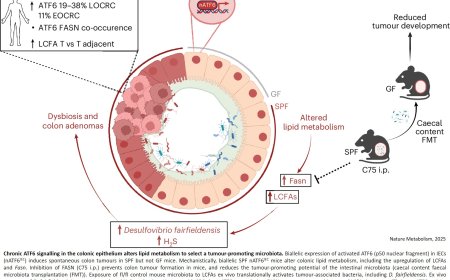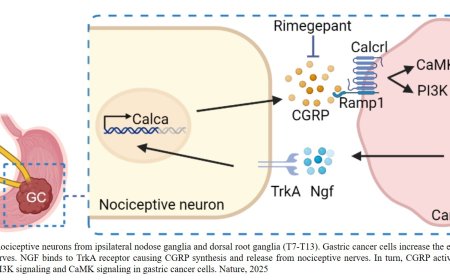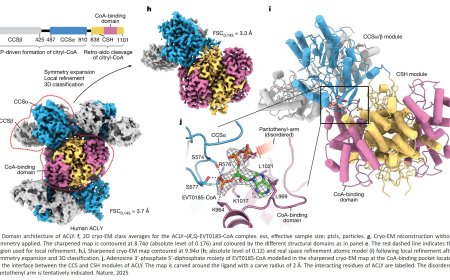Zinc-transporting protein contributes to aggressive growth of brain tumor
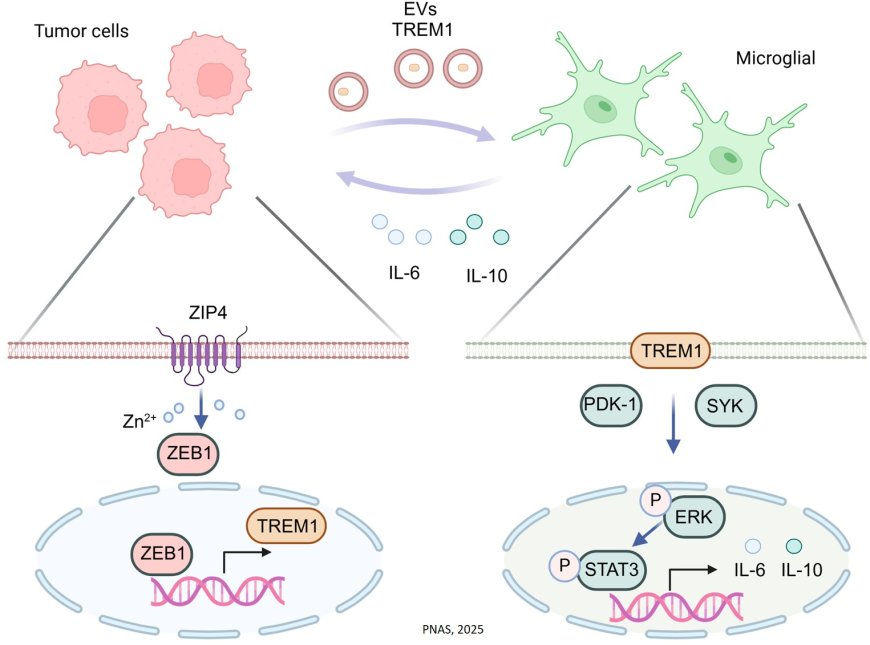
In a study published in the Proceedings of the National Academy of Sciences (PNAS), the researchers detail their discoveries about why the brain tumor glioblastoma is so aggressive. Their findings center on ZIP4, a protein that transports zinc throughout the body and sets off a cascade of events that drive tumor growth.
About half of all malignant brain tumors are glioblastomas, the deadliest form of brain cancer with a median survival rate of 14 months
“Surgery for glioblastoma is very challenging, and patients almost always experience a relapse,” said the study’s senior author. “By better understanding why these brain tumors are so aggressive, we hope to open up paths for new treatments.”
Under normal conditions, ZIP4 plays a positive role, transporting and maintaining the right amount of zinc for good health. However, when brain cancer is present, ZIP4 takes on a different role. In the case of glioblastoma, it triggers a series of events:
· Glioblastoma takes in about 10 times more zinc than normal brain tissue does.
· Glioblastoma with abundant ZIP4 releases tiny bubble-like packages called extracellular vesicles (EVs).
· Inside the EVs is a protein called TREM1, which normally helps the immune system fight infection, but in this case turns nearby brain immune cells (called microglia) into supporters of tumor growth.
· These microglia release chemicals that allow the tumor to grow.
“Everything starts with the fact that ZIP4 is overexpressed in glioblastoma,” the author said. “That triggers all these downstream events that help the tumor to grow.”
The research team also tested a small-molecule inhibitor to target ZIP4 and TREM1. The inhibitor attached to both proteins, stopping their actions and slowing tumor growth. “This tells us that ZIP4 and TREM1 may be promising therapeutic targets,” the author said.
